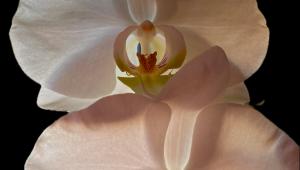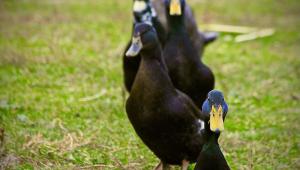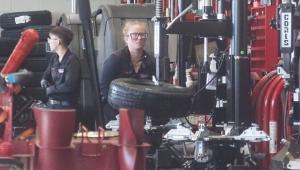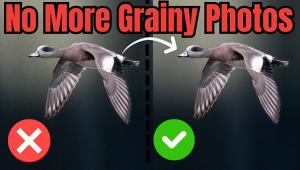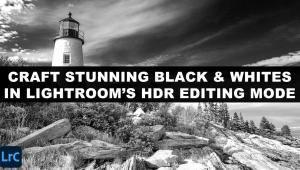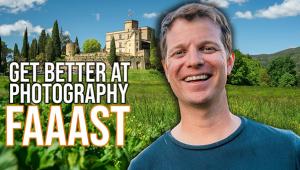Edge To Edge
James Kays Panoramic Views
Keep your eyes moving. That's
good advice for any photographer, especially for an outdoor, nature,
and adventure shooter. James Kay, whose work fits into those categories,
is always looking for the best angles and the most effective compositions.
But when he started shooting panoramic photographs, he discovered that
his eyes were moving in a different direction as he sized up a scene. |
|||
And that's what Jim still looks for when he shoots with his 6x7 Pentax gear or his 35mm Nikon outfit. But when he's carrying his wide format Fuji Panorama GX617, he'll be reading the world left to right rather than front to back. "It definitely is a change in thinking," Jim says. "Before I got the panorama camera, whenever I saw a scene that had no interesting or `leading' foreground, I never really considered it for a photograph. But with the panorama camera, I all of a sudden started to see images in a lot of different places." |
|||
Actually, the standard front-to-back
composition is pretty much eliminated. "The panorama is essentially
a long strip," Jim says, "and there's not much depth
at the bottom of the frame." |
|||
First Trip |
|||
The rewards of the panorama
are great, but it takes some effort to realize those benefits. First,
of course, you've got to haul the stuff. "When I go out on
location now, I take the panorama camera and my regular gear," Jim
says, "and it adds up to a lot of weight. |
|||
Steady On |
|||
"Of course you can't
bracket as much, so you're much more careful with your exposures.
The other thing is, it's much more difficult and expensive to get
dupes of panoramic images, so I do a lot of in-camera dupes, which also
eats up film pretty fast." |
|||
Compositional Considerations |
- Log in or register to post comments















